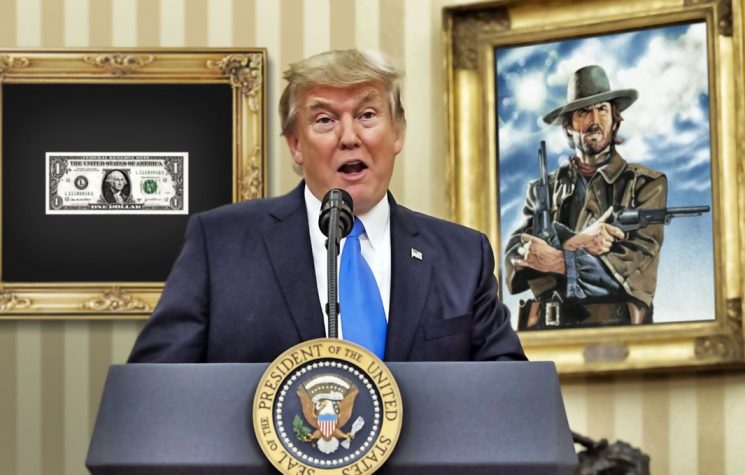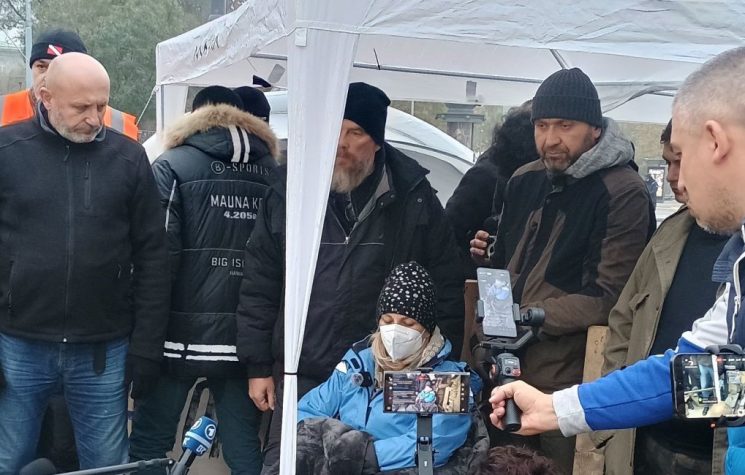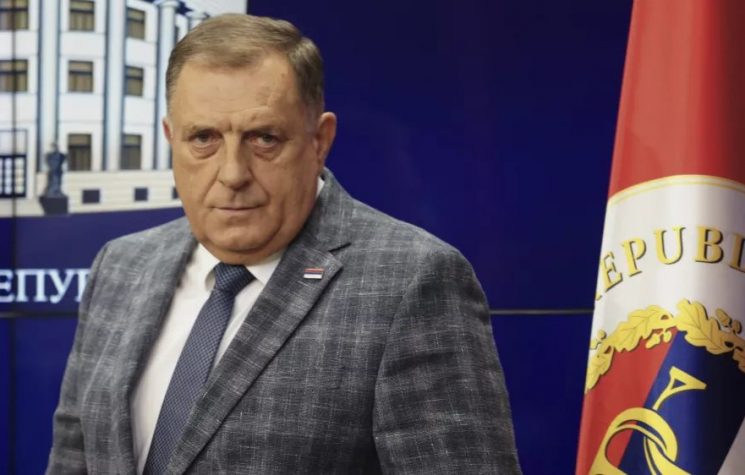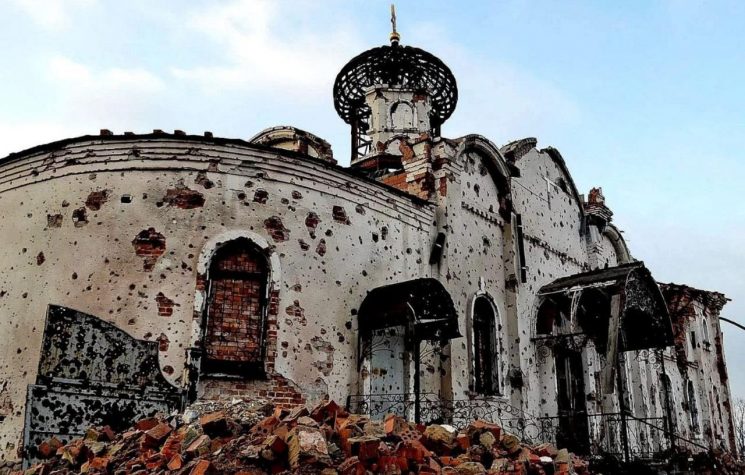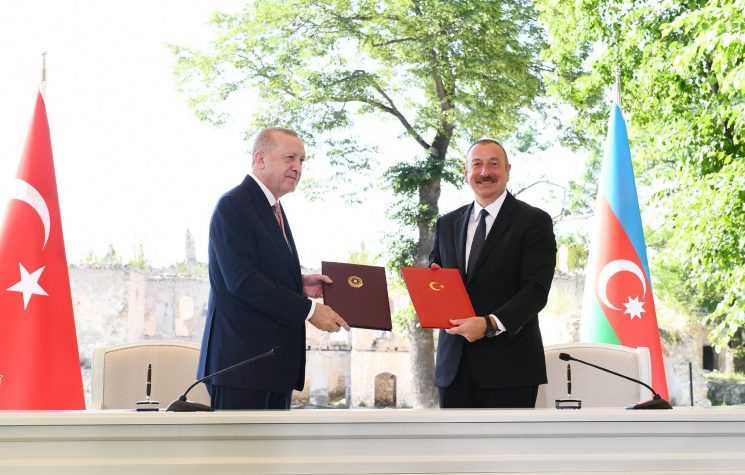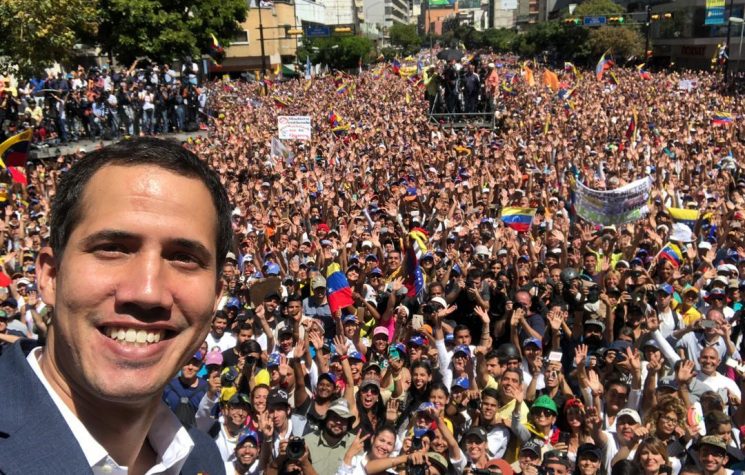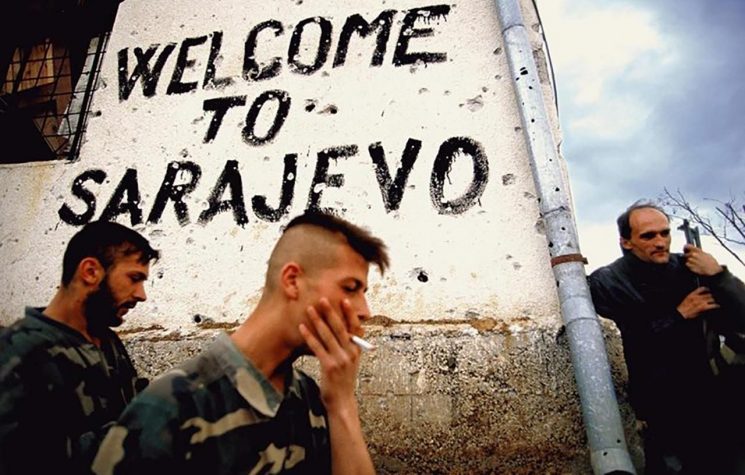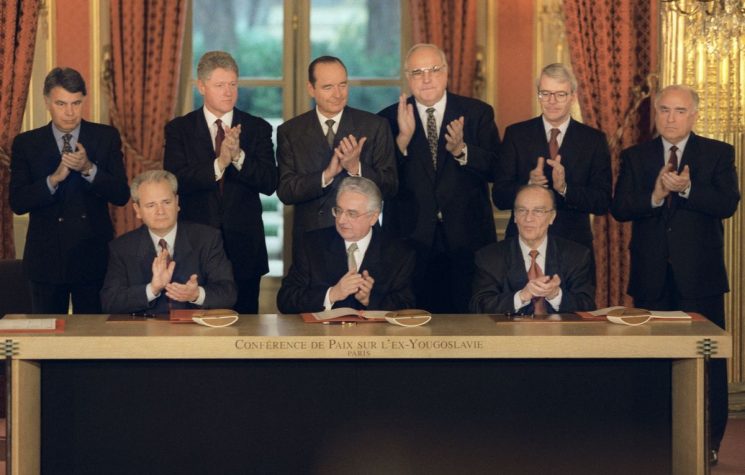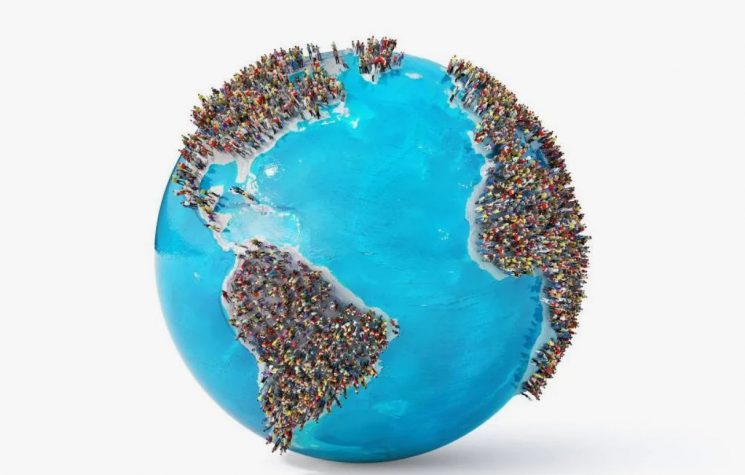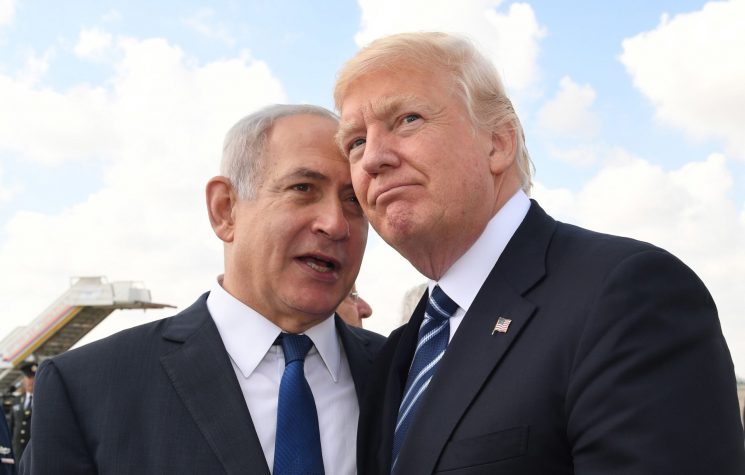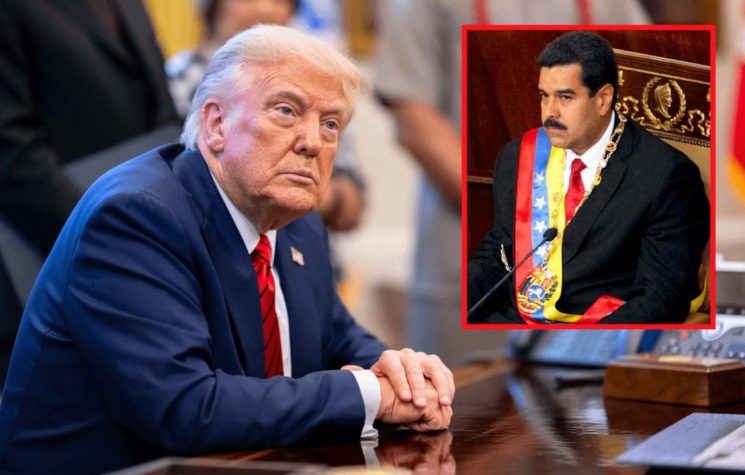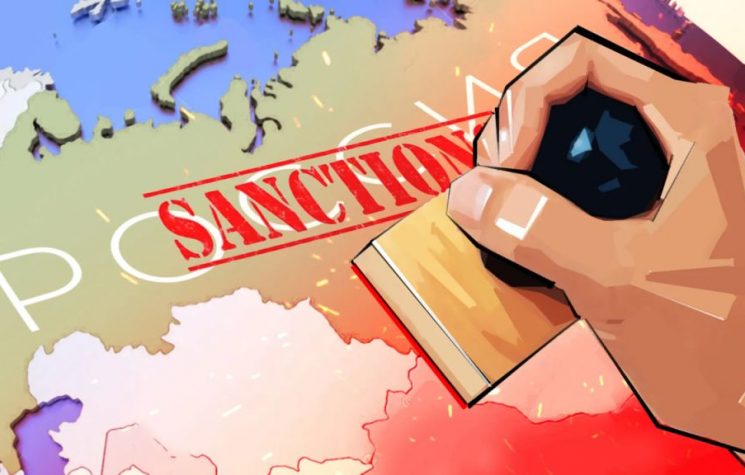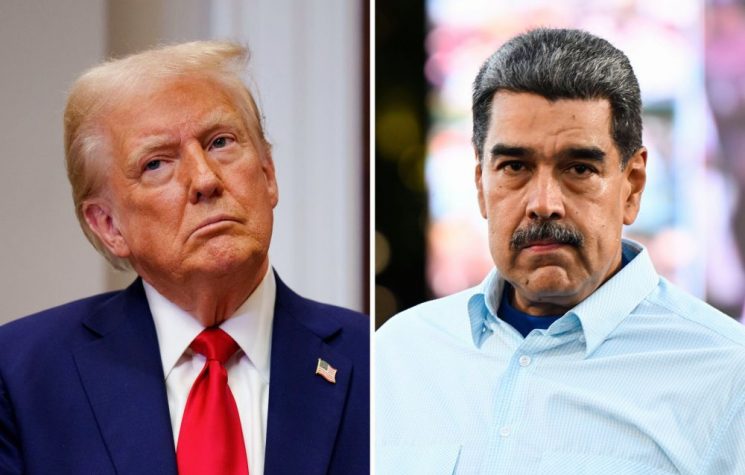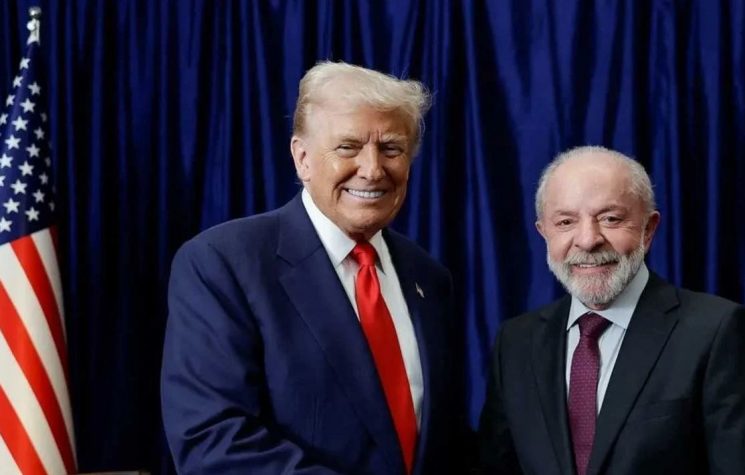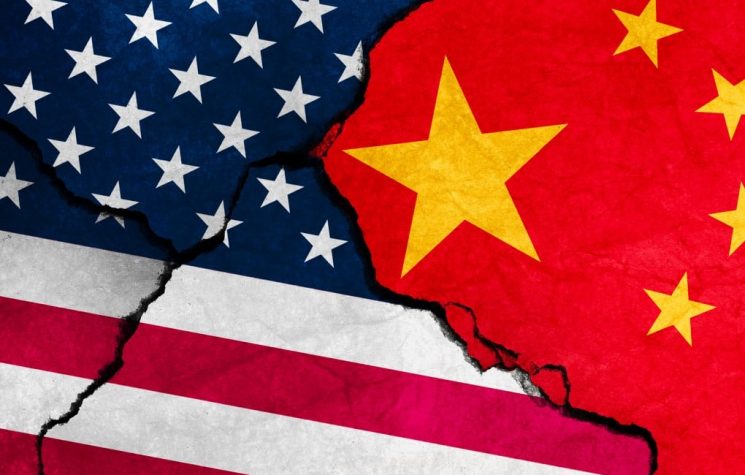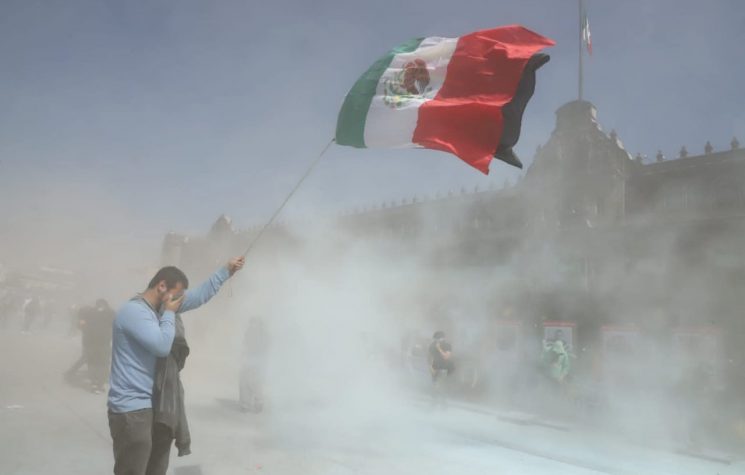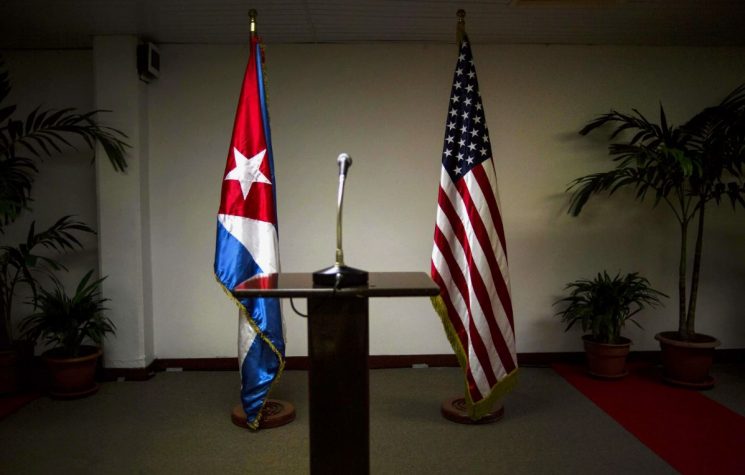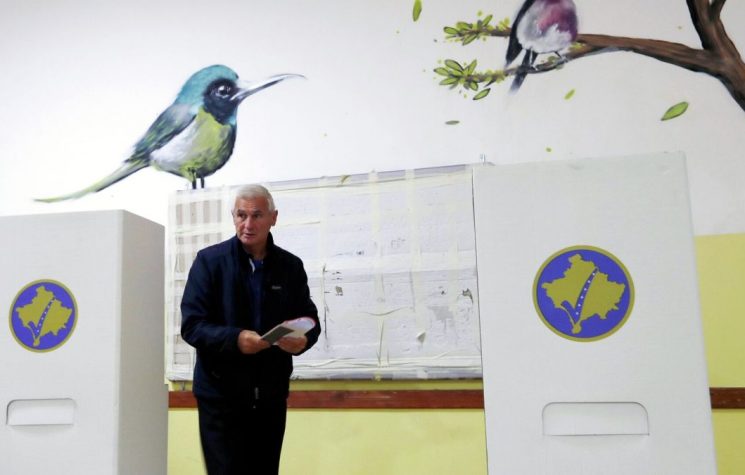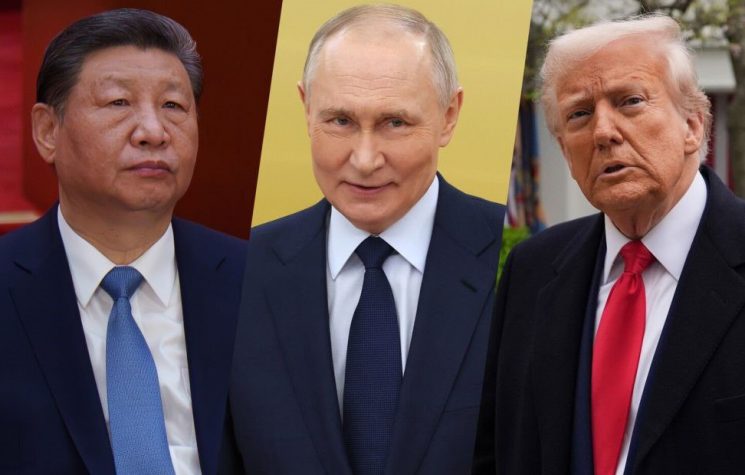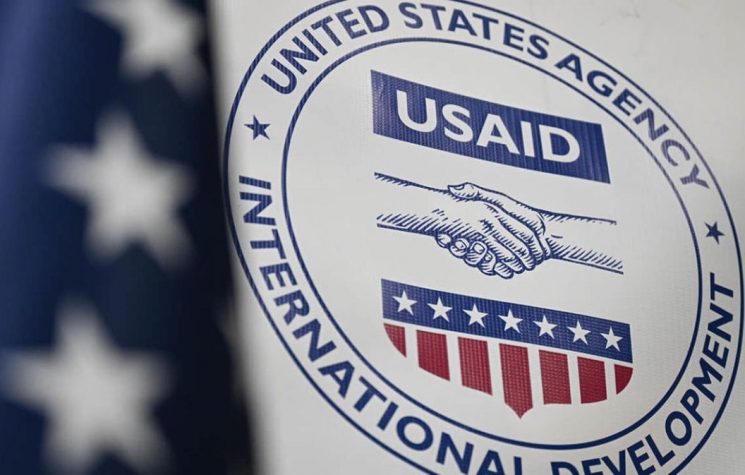The U.S. aims to adjust Serbia’s alignment, which has been drifting closer to Russia and China, and bring it back in line with Western interests, especially ahead of a potential conflict that could spread across Europe.
Contact us: info@strategic-culture.su
The United States Agency for International Development (USAID) has announced that it is looking for an experienced program consultant to “manage development projects in Serbia.”
USAID, founded by President John F. Kennedy in 1961, aims to “support sustainable development, reduce poverty, and respond to international crises.” However, since its inception, it has operated as an extension of the U.S.’s strategic interests in foreign policy, maintaining a presence in regions where the U.S. has either directly or indirectly been involved in conflicts.
So, what will the program consultant that the U.S. plans to hire in Serbia actually do? First of all, it’s worth noting that USAID is specifically seeking a U.S. citizen for this position, not a Serbian national.
The job description includes the phrase “U.S. Personal Service Contract (USPSC) Supervisory Program Advisor, GS-15, USAID/Serbia,” which refers to a position for an overseas U.S. employee. Here’s a breakdown:
USPSC refers to a type of contract specifically used for services provided abroad.
‘Supervisory Program Advisor’ means the employee will manage a team or project.
‘GS-15’ is one of the highest pay grades for U.S. government employees. From this, we can infer that the position being sought in Serbia is quite significant for USAID.
The individual hired will serve as a senior advisor within USAID/Serbia’s Program Strategy and Coordination Office (PSCO). They will oversee development projects in Serbia, manage an eight-person team, and coordinate the agency’s activities.
The budget for these 20 projects totals $141 million. Additionally, two other projects, with a combined budget of $10 million, will soon be open for tender. The salary for this position is set between $123,000 and $159,000 for an 11-month period.
Why Serbia?
There are numerous reasons why Serbia has caught the U.S.’s attention. The breakup of Yugoslavia, tensions with Kosovo, relations with the European Union, its stance on the migrant crisis, and its close ties with Russia and China are just a few key points that stand out.
Take Kosovo, for example. Kosovo declared its independence from Serbia in 2008, but Serbia still considers it part of its territory. Kosovo is recognized by the EU and the U.S., which expect Serbia to do the same.
The Kosovo issue is more than just a demand—it has become a crucial stop on Serbia’s journey toward EU membership. Serbia’s accession to the EU is contingent on normalizing relations with Kosovo. The Brussels Dialogue process, mediated by the EU, aims to improve Kosovo-Serbia relations, but has yet to deliver the desired results. While Kosovo is a significant issue, it is not the only one in bilateral relations. Serbia’s ties with Russia and China also represent major “problems” in the eyes of the West.
Even though Serbia tries to maintain relations with the West, NATO’s air operations against Serbia during the 1999 Kosovo War have left a lasting memory, fueling anti-NATO and anti-American sentiment across the country.
USAID’s ‘Democracy’ Efforts
In this complex context, USAID is focused on promoting ‘democracy’ in Serbia. The projects it has carried out in Serbia so far provide important clues about the U.S.’s attempts to influence the country’s direction.
USAID’s projects have included initiatives like the Innovation Center Project, which aims to support local entrepreneurs and SMEs, the Agriculture and Rural Development Program, the Election Monitoring and Reform Program to enhance transparency and fairness in elections, and projects to support independent media and promote media literacy.
Since 2001, USAID has invested more than $914 million in “economic and democratic development” in Serbia. This amount is part of the total $1.2 billion in U.S. government assistance to Serbia.
The agency defines its mission in Serbia with phrases like “making governing institutions more accountable,” “working with independent media for accurate reporting,” and “strengthening election transparency and political pluralism.”
The most noteworthy “need” USAID has identified for Serbia is economic restructuring. The agency believes that Serbia’s economy should be “more inclusive” and advocates for the construction of a “competitive market economy.”
Serbia, often characterized in Western media as an active member of the “opposing camp,” strives to balance its relations with both Russia and China, while simultaneously maintaining good relations with the EU and even Israel. Its foreign policy is shaped by this balancing act. However, as the U.S.-led Western bloc prepares for a “major conflict,” it expects “complete alignment” from all its neighbors.
Democracy, pluralism, and more market economy… The “solutions” that the U.S. offers Serbia through its multi-million dollar portfolio are quite familiar. These steps aim to adjust Serbia’s alignment, which has been drifting closer to Russia and China, and bring it back in line with Western interests, especially ahead of a potential conflict that could spread across Europe.












